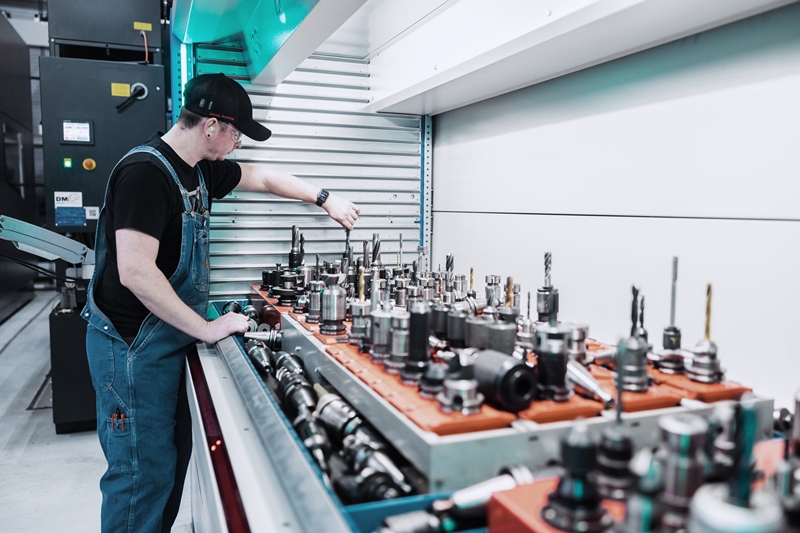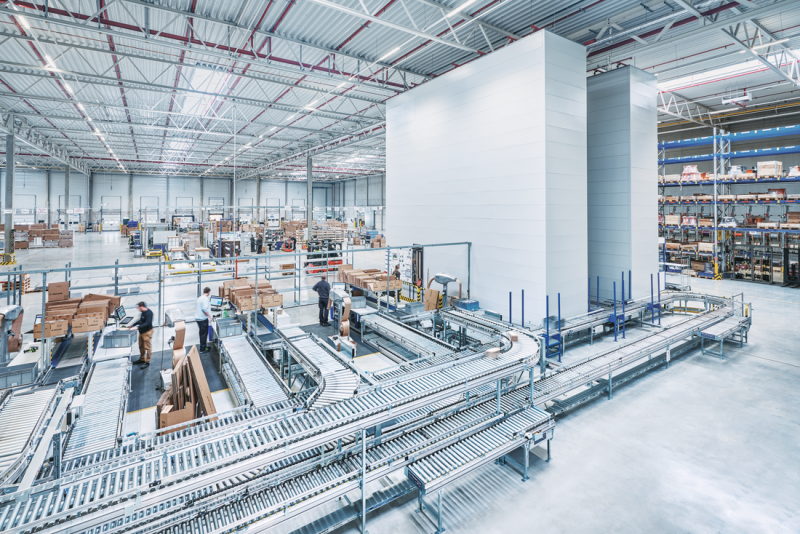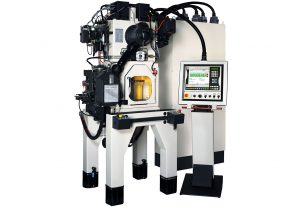For manufacturing and production plants to achieve success, grow sustainably, and meet customer requirements, operators must maintain accurate inventory control, avoid bottlenecks, and deliver goods with speed and precision. It is critical to incorporate modern trends, test new technologies, and implement best practices.
Gathering information from our years of experience, we compiled 12 best practice tips for manufacturers to improve warehouse processes in the production environment. To read these in full click here.

#1 Organise your SKUs: Raw materials, components, assembly kits, tools, semi-finished goods, goods ready for shipment – they are all used throughout your warehouse. Can you always find them in the right location without long search or walking times? Create a list and write down what is needed where.
#2 Save valuable floor space: Don’t waste valuable floor space. Once it is clear which goods you need in which production steps and warehouse areas, review the space required for storing them. You don’t want to waste valuable space by keeping raw materials or semi-finished goods in aisles.
#3 Implement efficient & ergonomic storage for heavy parts & pallets: Storing heavy and bulky parts or goods on pallets does not have to require additional labour. Think about implementing automated storage solutions for those parts and tools.
#4 Eliminate bottlenecks: Tools, spare parts, production components, and raw materials are essential to keep production processes running smoothly. Combine your storage system with an interface to a tool management software to always have inventory information easily accessible.
#5 Speed up manufacturing with automated kitting: This will help you to save valuable labour time and reduces search times – increasing overall productivity and efficiency. Using an automated storage and retrieval solution to store assembly kits creates a high-density and space-saving solution.
#6 Integrate a buffer storage for semi-finished goods & assembly kits: Improve production planning and supply by providing space-saving buffer storage for semi-finished goods or assembly kits. Certain production steps need buffer systems when they include a wait or hold step (e.g., waiting for paint to dry) or their material handling process requires reserve inventory to absorb expected variations in demand.

#7 Ensure secure storage for all parts: When thinking about which storage system is the right one for your warehouse, you should also think about security. It is not only about having all components or tools in the right place, but also about protecting those in their storage location. Automated storage systems allow restricted access to specific stored goods as needed.
#8 Pick parts fast & accurately: Are long walking and search times or inaccurate and slow picking some of your challenges? If yes, you should review your processes. Implementing the right picking strategies along with pick-to-light technology will significantly increase performance.
#9 Integrate a WMS for fast & reliable material flow: Control your material flow with an intelligent warehouse management system (WMS). Implement a WMS that confirms when incoming goods arrive in the receiving area, sends them for quality control, and stores them in the right storage location.
#10 Investigate the implementation of robotics & conveyor systems: It is also time to think about including robotics, Automated guided vehicles (AGVs) and conveyor technology to further support, facilitate, and accelerate material flow and picking processes to automatically deliver goods just-in-time for production or shipping.
#11 Consolidate orders in the shipping area: Review your shipping area. Do you have smooth operations in place? Do you need to consolidate many parts before shipping? Automated solutions enable a space-saving, organised storage area for parts ready for packing or shipment to wait until an order is complete and it’s time to dispatch.
#12 Create an ergonomic work environment: Equally as important as smooth processes and organised storage locations are ergonomic working conditions. Unergonomic workplaces require operators to climb stairs, reach shelves, or lift heavy parts. This often results in injuries and employee dissatisfaction. By using automated storage solutions, you will simplify daily workloads to accelerate more efficient processes.
Read Kardex 12 manufacturing tips





